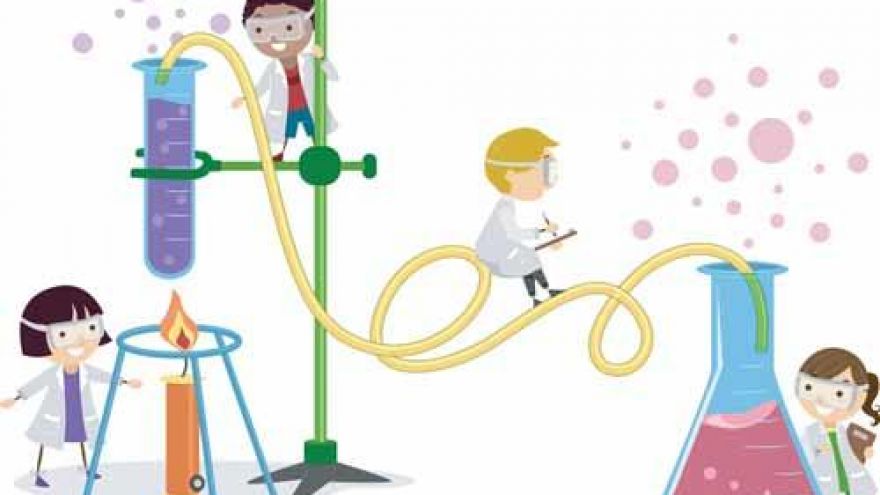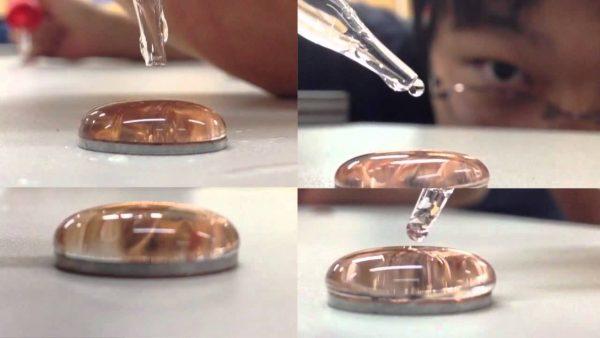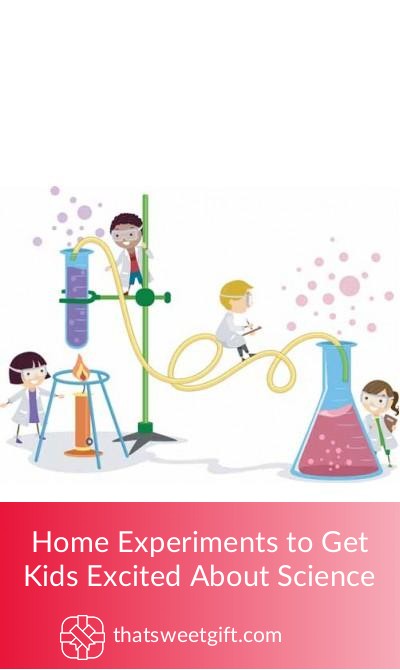Home Experiments to Get Kids Excited About Science

When it comes to the topic of science, many kids feign excitement because they don’t understand that the subject is actually far cooler than they could imagine. As something that every kid should be able to grasp and understand, science is truly what makes our world so unique.
To help prepare the kids for their upcoming semester, which quite possibly includes science, think about the below phenomenal experiments you can do at home that will make them more excited to learn about what makes the world as special as it is.
1. Soda Geyser

Arguably one of the most frequently used science experiments you can do at home, there isn’t a single child that doesn’t get excited about the results of a soda geyser. Not only that, but it’s incredibly inexpensive and easy to do, though it can be messy, but can also be done outside. The best part? They can do it all on their own with minimal parental supervision.
What You’ll Need:
- 2L Bottle of Coke
- 1 Pack of Mentos
Directions
Step 1: Unscrew the bottle of coke and keep the lid in your hand
Step 2: Drop one to two Mentos into the top of the Coke bottle, quickly screwing the lid back onto the bottle
Step 3: Shake the Coke bottle
Step 4: Unscrew the lid and watch the explosion happen
What it Teaches Your Children
The main premise behind the soda geyser experiment is to teach your kids what a physical reaction is, specifically what happens when carbon dioxide is absorbed out of a liquid. As the Mentos are dropped into the Coke, they absorb the carbon dioxide which forces the liquid to search for a way out of the bottle. Once the cap is unscrewed, the liquid will try to escape as quickly as possible, thus creating a geyser.
2. Chemistry with Cabbage Juice

Cabbage juice might not be the greatest smelling liquid in the world, but it can be a phenomenal way to teach your children about chemical reactions. With the right steps, you’ll not only be able to show them something cool and colorful, but also entertaining and educational.
What You’ll Need:
- Red cabbage boiled to make cabbage juice
- See-through container
- Vinegar
- Baking soda
- Coffee filters
- Household liquids (orange juice, shampoo, hand soap, lemon juice, etc.)
Directions
Step 1: Pour some cabbage juice into your see-through container and ensure it’s placed in a sink or in an area that is easy to clean up
Step 2: Add half a cup of baking soda into the container and stir it gently. At this point, the color should change to a blue or a blue-green color.
Step 3: Add one cup of vinegar into the solution and stir. This should make the liquid turn in to a pink color and it may bubble over.
What it Teaches Your Children
The cabbage juice experiment teaches your children the basic concept of alkaline and acidic elements. When the baking soda is added to the juice and it turns blue, the juice becomes alkaline (transforms into a base). Whereas when you pour the vinegar into the container and the solution turns pink, it transforms into an acidic compound.
You can even go as far as to teach your children that acidic elements have a pH level of 7 or lower, whereas alkaline elements will have a pH higher than 7.
3. Surface Tension Coins

For parents that are less interested in making a mess in their kitchen, this may be the perfect experiment for you as all you’ll need are a couple of coins and water. Measuring the surface tension of an item is great as you can use this opportunity to teach your children about tracking scientific observations, creating a hypothesis, and even developing a conclusion.
What You’ll Need
- 2 to 3 pennies
- Water dropper
- Water
Directions
Step 1: Ask your children how many drops of water they think their penny will hold and write it down on a piece of paper. This is called creating a hypothesis, which is an educated guess about the potential results of an experiment.
Step 2: On the same piece of paper, have your children create a chart with a column dedicated to each penny used during the experiment. This will be used to write down any observations and results of the experiment.
Step 3: Set the coins on a flat surface and fill your water dropper with water.
Step 4: Squeeze one water droplet onto the surface of each penny and continue doing so until the water spills over the sides. As each drop is added, have your children mark how much water each coin holds.
Step 5: Dry the pennies and repeat the process up to three times, recording the results for each trial.
Step 6: Teach your children how to create an average out of the data and draw your conclusions about the experiment, writing them down on the same piece of paper.
What it Teaches Your Children
Aside from educating the kids about the basic concepts of the scientific method, you’ll also be teaching them about surface tension and the composition of water molecules. Water is a polar molecule, which means each drop has a negative and a positive end, quite similar to a magnet. This is what causes each droplet to stick to each other and create a dome (surface tension), rather than spilling over the side. Once the pressure is too strong, gravity takes over and forces the water to spill.
The Benefits of At-Home Science Experiments
When it comes to teaching science, there are endless ways you can create unique experiments that your kids would love to experience. Much like you would create new arts and crafts projects, all you need to do is open your mind to a little creativity to transform something ordinary into a phenomenal learning experience they won’t soon forget. Not to mention they’ll also appreciate the understanding of science before they head into the classroom when they start going to school. With simple household items, you can teach your children about chemical and physical reactions, surface tension, and more!
Pin for later

